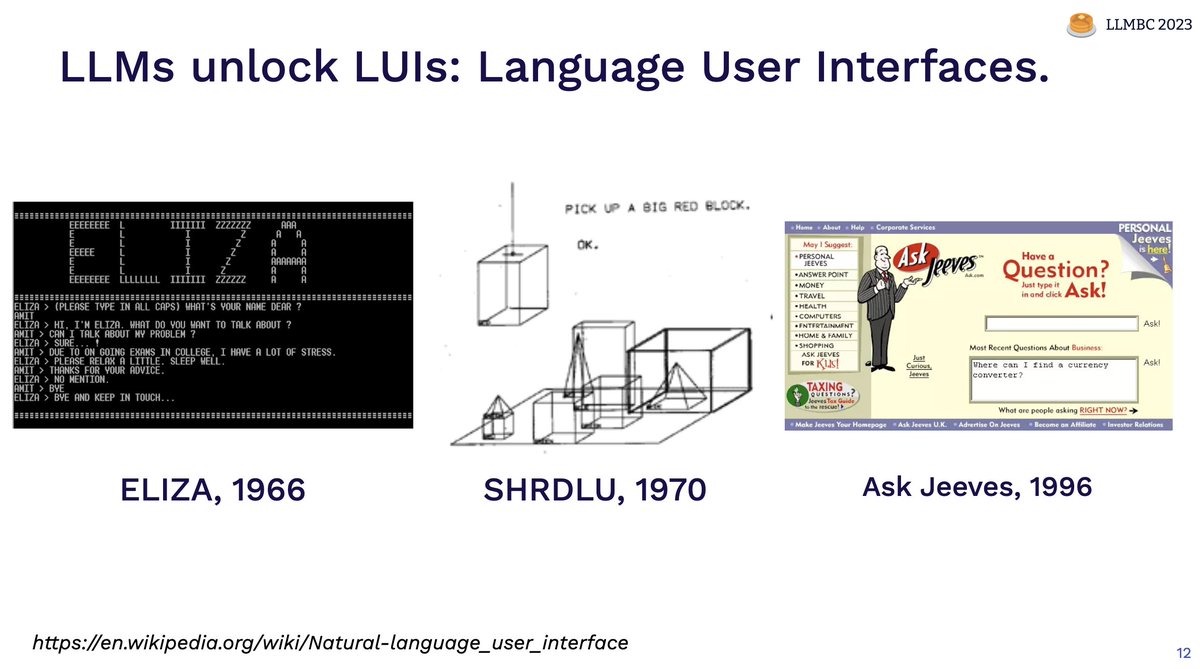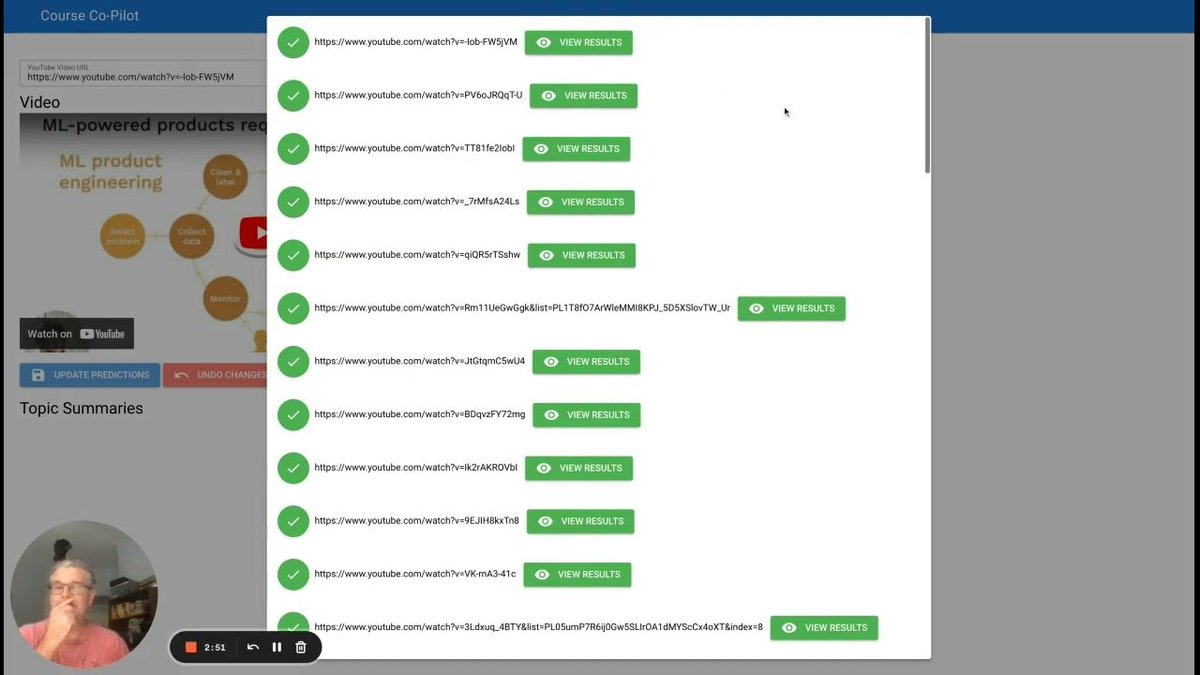
News, community, and courses for people building AI-powered products.
2 subscribers
How to get URL link on X (Twitter) App



 Since the inception of computing programmers & designers have dreamed of interfacing with computers via language as naturally as we interface with each other.
Since the inception of computing programmers & designers have dreamed of interfacing with computers via language as naturally as we interface with each other.

https://twitter.com/full_stack_dl/status/1640738021854310401


https://twitter.com/full_stack_dl/status/1587104642004942849

https://twitter.com/full_stack_dl/status/1587467007405932545In-Browser AI: neural networks in the browser with the @onnxai web runtime.


https://twitter.com/full_stack_dl/status/1587467007405932545👻 Image Anonymiser: building on object detectors to selectively remove information from images.

https://twitter.com/full_stack_dl/status/1554134881696772096

https://twitter.com/full_stack_dl/status/1587467007405932545Archaeological Feature Detector: automatically detect and interpret evidence for remains of prehistoric structures in LIDAR data.



https://twitter.com/full_stack_dl/status/1556807491601571840


 First, we're discussing the "Operationalizing ML" interview study quoted above in our next reading group.
First, we're discussing the "Operationalizing ML" interview study quoted above in our next reading group.
 Building any product is hard, but ML adds additional complexity:
Building any product is hard, but ML adds additional complexity:

https://twitter.com/sergeykarayev/status/1572027734276345858The brave new world of large models is astonishing.


 When it's time to deploy, the first step is to create a prototype you and your friends / teammates can interact with.
When it's time to deploy, the first step is to create a prototype you and your friends / teammates can interact with.

 However much you care about data, you should probably care more.
However much you care about data, you should probably care more.


 First, we talk about data storage.
First, we talk about data storage.

 The lecture video by @charles_irl is at
The lecture video by @charles_irl is at 
